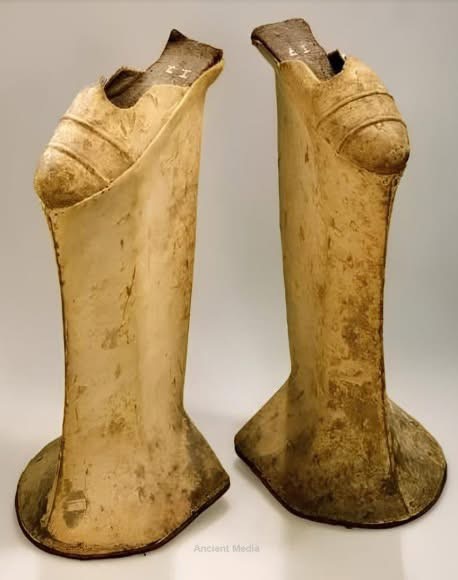Yep… I have some thoughts on how we (at least in the US, maybe not in other places) got here with regards to brushing off these sorts of violent acts in the modern era, to the point that it’s becoming a sort of trend, but I need some time to formulate it. So, later today, I’ll have some commentary for you.
I’m glad I’m not the only one who thinks about stuff in this way and tries to get other to see, really see, what this all actually meant… it feels so hard to get people to take it and the horrors of a similar nature seriously. Just look at what’s happening in Gaza right now and how people are reacting to it.
FTA:
From 1933 to 1954, according to the Holocaust Museum, 40,000 Jews entered Argentina as they fled Nazi persecution in Europe. Argentina is home to the largest population of Jews in Latin America.
Wow. Today I learned. When I think of WWII and people fleeing to Argentina, the Ratlines more usually spring to mind.
FTWiki:
The ratlines (German: Rattenlinien) were systems of escape routes for German Nazis and other fascists fleeing Europe from 1945 onwards in the aftermath of World War II. These escape routes mainly led toward havens in the Americas, particularly in Argentina
It’s been 40 years since this happened…
What shocked me when i learned about this event is that this is recent. 1985! We’re not talking about ye olde days.
The Inky has a lot of coverage
The National Park Service is discussing what to do with MLKs house that he and his family lived in in the 60s. They bought the house in 2018… This is not at the king Center in the Old Fourth Ward Neighborhood just east of downtown, but rather in Vine City west of downtown…
According to researchers in Switzerland, the Romans had something of a penchant for sweet chestnut trees, spreading them across Europe. But it wasn’t so much the delicate, earthy chestnuts they craved – instead, it was the fast-regrowing timber they prized most, as raw material for their empire’s expansion. And this led to them exporting tree cultivation techniques such as coppicing too, which have helped the chestnut flourish across the continent.
…
Krebs works at a branch of the WSL in Switzerland’s Ticino canton on the southern slope of the Alps, an area that is home to giant chestnut trees, where many specimens have girths greater than seven metres (23ft). By the time of the Middle Ages, sweet chestnuts were a staple food in the area. But it was the Romans who brought the trees there – before their arrival in Ticino, sweet chestnuts did not exist there, having been locally wiped out in the last ice age, which ended more than 10,000 years ago.
…
Research on abandoned chestnut orchards has shown that when left alone, chestnut trees are crowded out by other species. In wild forests, “Castanea reaches a maximum age of about 200 years, then it dies,” Krebs says. “But here in Ticino, where chestnuts have been cultivated, they can reach up to almost 1,000 years, because of their symbiosis with humans.”
Thems some good eggs. Good to see these kids doing this kind of work
fun prank by historians

In linguistics, the “Early Modern Irish” period canonically starts in 1200.





